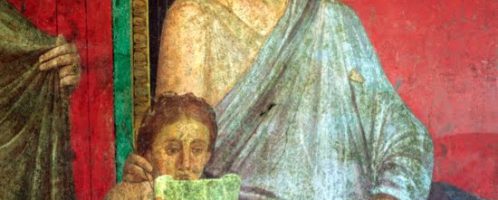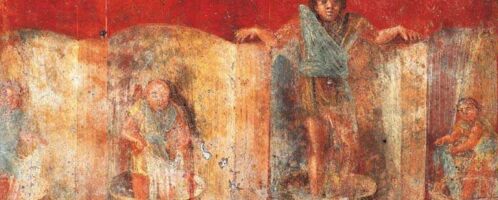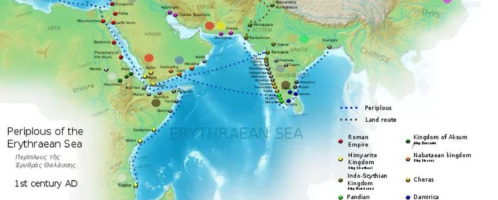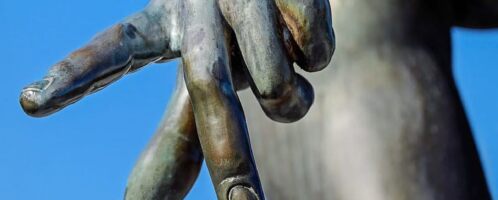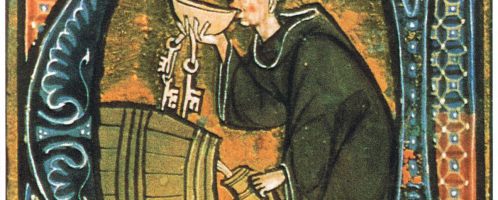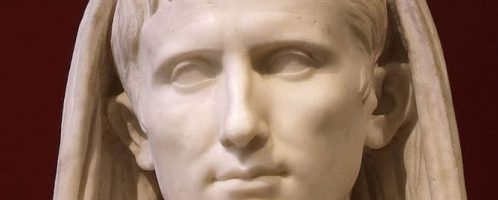If you have found a spelling error, please, notify us by selecting that text and pressing Ctrl+Enter.
Curiosities of ancient Rome (Unknown facts)
The world of ancient Romans abounded in a number of amazing curiosities and information. The source of knowledge about the life of the Romans are mainly works left to us by ancient writers or discoveries. The Romans left behind a lot of strange information and facts that are sometimes hard to believe.
Commodus fought as gladiator
Emperor Commodus – reigning in 180-192 CE – often fought as a gladiator in the arena, armed with an iron sword. His rivals wielded a heavier lead weapon to make it harder for them to hurt the ruler.
Rhapta – ancient market in south-east Africa
In the famous “Periplus of the Erythraean Sea”1 – a manuscript from the turn of the 1st century CE, which served merchants navigating the waters between East Africa and India – we can find a place called “Rhapta”, which is described as “the last marketplace of Azania” and was located two days south of the so-called Menouthias Islands (it is suspected that it could have been Zanzibar, Mafia or Pemba).
Did Roman legionaries sing songs during march?
Life in the army has always been hard and required soldiers to have strong will, perseverance and physical strength. Long and demanding marches caused the soldiers to try to diversify time in various ways, including singing. Did Roman legionaries do the same?
Medieval monks saved many works
If there were no medieval monks and copyists, many important ancient works would not have survived to our times. Copyist’s work efficiency was 3-6 cards in quarto per day – in Quarto in letterpress it is a double-folded sheet of paper that consists of four cards and eight pages. It took a year to rewrite, for example, the “Bible”. A copyist could rewrite 40 works in his lifetime.
Comparison of Caesar to Alexander the Great
Appian of Alexandria (c. 95 – c. 180 CE), a Greek historian, devoted a large fragment of his “Roman history” work comparing Julius Caesar and Alexander the Great. In the ancient world, many generals wanted to gain achievements similar to the young Macedonian king. The same was with Caesar.
Augustus’ sarcasm
When Octavian Augustus heard that among the young children that Herod the Great had ordered to murder in Syria was Herod’s son, he said (having in mind Jewish custom of abstaining from pork)

